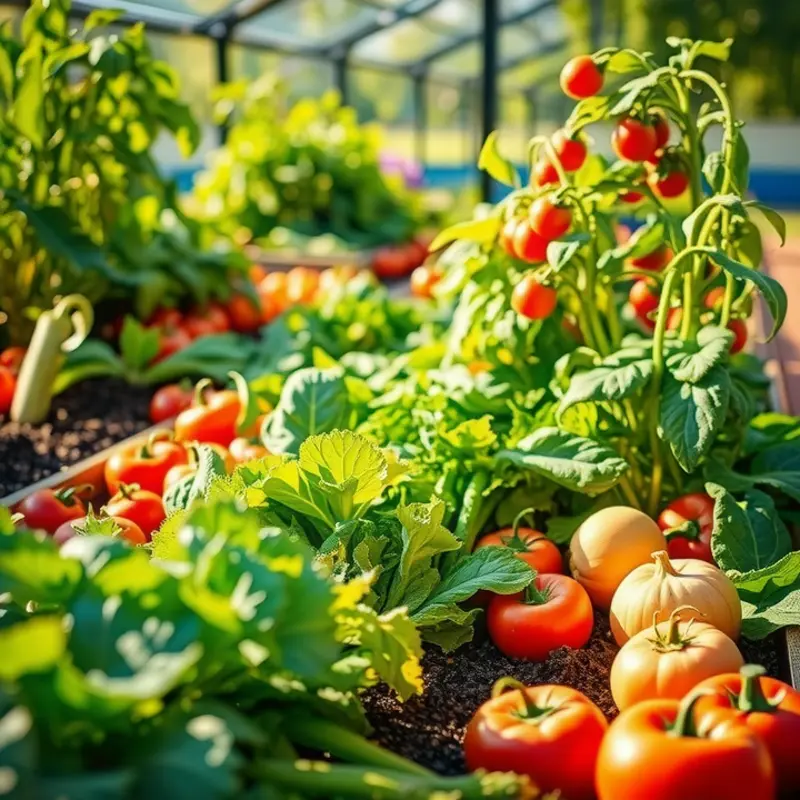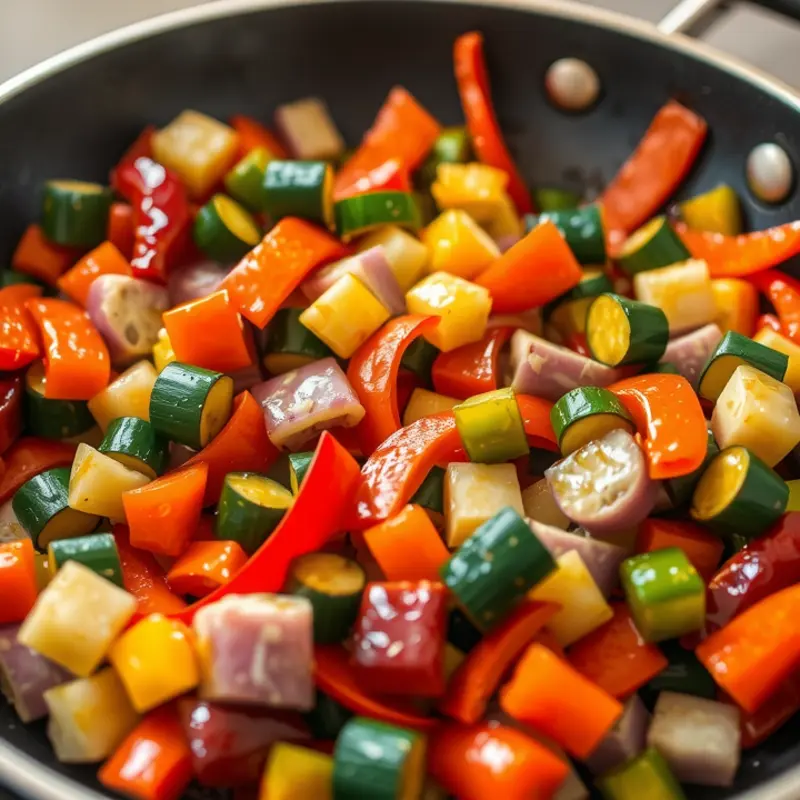Sautéing is a fundamental cooking technique that can elevate your dishes from ordinary to extraordinary. By learning how to perfectly sauté vegetables, proteins, and more, you can unlock the delicious flavors and textures that cooking at home can offer. Whether you’re just starting out or looking to refine your skills, understanding the art and science of sautéing will empower you to create meals that impress every time.
Choosing the Right Ingredients and Equipment

The success of your sautéing endeavors pivots significantly on selecting the right ingredients and equipment. A proper selection transforms the mundane into the culinary divine.
When it comes to ingredients, prioritize freshness and quality. High-quality vegetables like bell peppers, mushrooms, and zucchini not only add vibrant colors but burst with flavor. If you’re opting for proteins, consider chicken breast or shrimp, both of which perform wonderfully in a sauté thanks to their texture and moisture levels. Freshness in vegetables and proteins ensures that the sauté is not only tasty but also packed with nutrients.
Focusing on tools, start with a good heavy-bottomed skillet or sauté pan. This choice is crucial because an even heat distribution is what fosters that coveted golden sear. Materials vary, but opting for something that holds heat well and distributes it evenly will enhance your control during cooking. A second indispensable tool is your spatula. Choose one that is suitable for your cookware to avoid scratches that can ruin its surface over time.
Before the heat is on, prep work makes all the difference. This stage cannot be overstated—it impacts cooking time and flavor absorption. Cut ingredients into uniform sizes. This ensures even cooking, where all pieces of each component reach perfection simultaneously. Uniformity not only guarantees aesthetic appeal but also boosts the texture of your dish.
Look closely at the moisture content of your ingredients. Excess moisture is a common enemy when sautéing. If left unchecked, it leads to steaming, which detracts from achieving that crucial caramelization. To counteract this, carefully pat your ingredients dry. This step allows your vegetables and proteins to engage directly with the heated pan surface, culminating in those delicious browned edges.
Proper ingredient and equipment selection intertwines with mindful kitchen habits, reflecting broader sustainable cooking practices. For further sustainable cooking techniques, visit eco-smart kitchen storage practices. Every choice in your kitchen impacts the end result, making the journey from raw ingredient to finished dish an exercise in careful planning and execution. As you master the art of selecting and prepping with precision, the art of sautéing will naturally evolve, lending elegance to your cooking repertoire.
The Perfect Technique for Sautéing

Sautéing is more than just a cooking technique; it is an art form that transforms simple ingredients into deliciously complex flavors. To achieve the pinnacle of sautéing, every detail must be thought through, from preheating your pan to enhancing flavors through deglazing. Let’s delve into the specifics.
-
Heat the Pan: Start by placing your skillet on medium-high heat. This step is crucial, as beginning with a hot pan ensures a good sear. Wait until a drop of water sizzles and dances across the surface. This indicates the pan is at the right temperature, ready to provide the perfect initial strike of heat to kickstart the sautéing process.
-
Choose Your Fat: Selecting the right fat is crucial. Oils with high smoke points such as canola, grapeseed, or avocado ensure stability at high temperatures, allowing for consistent cooking without off-flavors. If you desire the richness of butter, combine it with one of these oils. This blend allows you to achieve butter’s flavor without risking the burn typically associated with its lower smoke point.
-
Add Ingredients: When adding ingredients to your skillet, be mindful not to overcrowd. This is where precision can greatly influence the outcome. Crowding the pan traps steam, effectively steaming your ingredients—which you should avoid to achieve crispness and caramelization. Cook in batches if needed, allowing the ingredients to brown for maximum flavor. For strategies on minimizing food waste when prepping ingredients in advance, check out our low-waste cooking tips.
-
Keep It Moving: Sautéing requires constant attention. Use a spatula to stir and toss the ingredients periodically. This ensures even cooking and prevents sticking. The aim is to inspire that elegant balance of a perfectly cooked outside with a tender inner texture.
-
Deglaze for Flavor: After your ingredients are beautifully browned, one of the most rewarding steps awaits: deglazing. Adding a splash of wine or broth serves not only to lift residue stuck to the pan’s surface but also builds a pan sauce that can enrich your dish’s overall flavor profile. A mere moment can transform these residue bits—once thought negligible—into a velvety reduction that sings with intensity. Whether preparing meats, vegetables, or plant-based ingredients, this final touch can uplift your creation, ensuring you savor every bite.
Mastering sautéing is about synthesizing these elements into an effortless dance of temperature, timing, and flavor. Incorporate these strategies, and you’ll find yourself producing dishes that not only satisfy hunger but also captivate the senses. As you build confidence in your technique, you’ll discover new dimensions in familiar ingredients, enhancing every culinary endeavor.
Final words
By understanding the importance of quality ingredients and mastering sautéing techniques, you can significantly enhance your culinary skills. This versatile method is key to unlocking a world of vibrant flavors and delightful textures in your cooking. Remember to experiment with different combinations of ingredients and spices, as sautéing allows for creativity and improvisation. With practice, you will not only improve your sautéing skills but also gain confidence in your overall cooking abilities. Start sautéing today and turn ordinary meals into memorable dining experiences!







